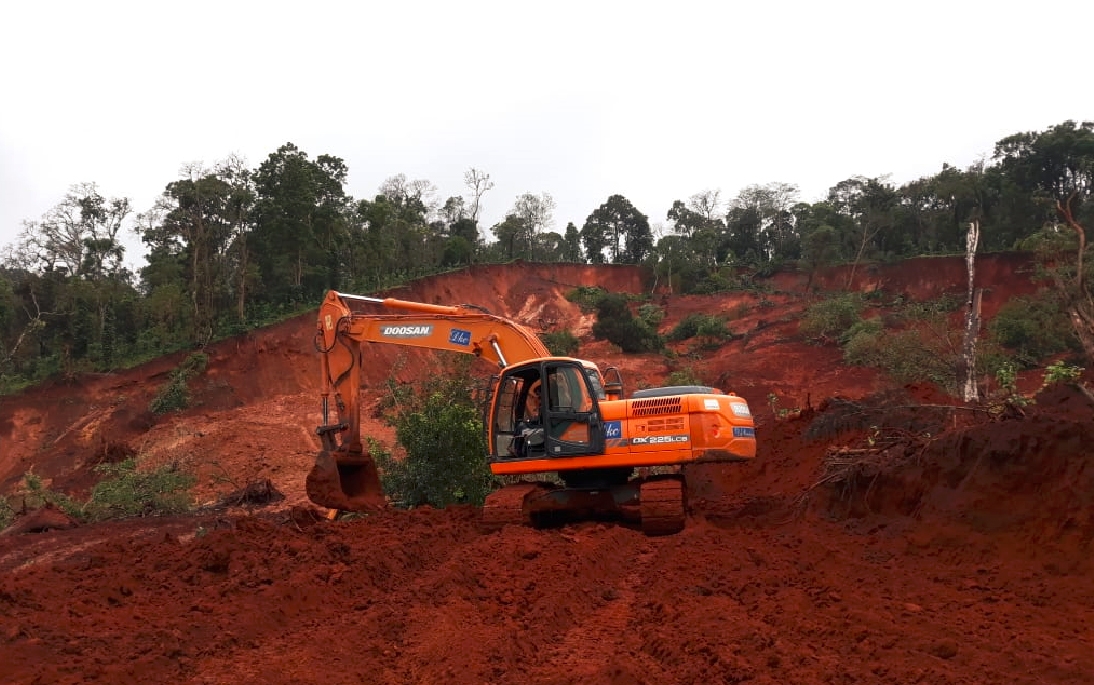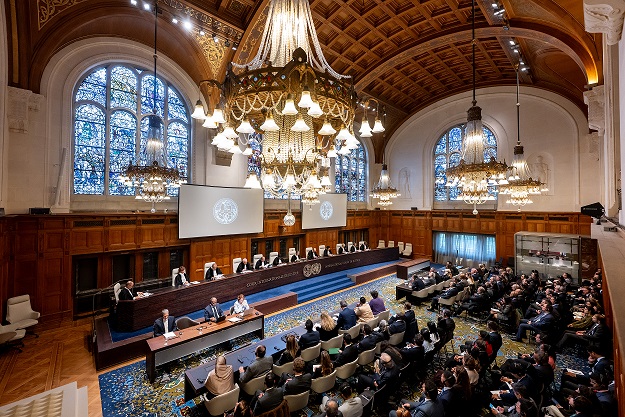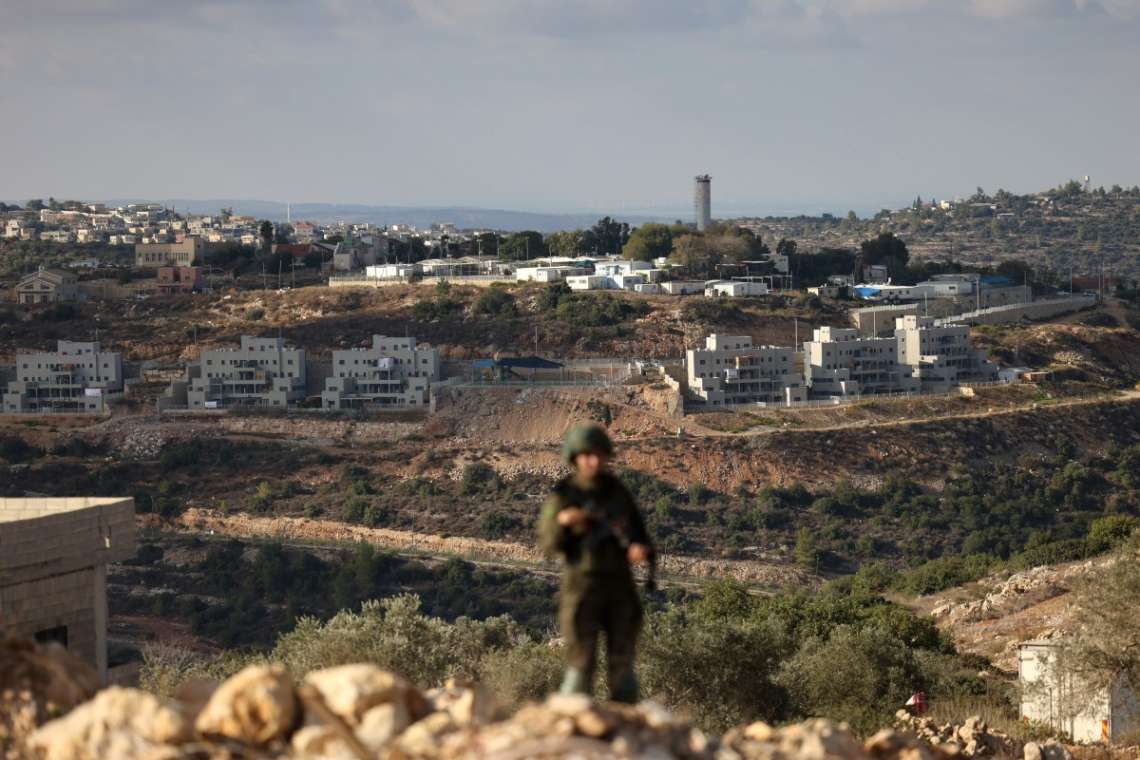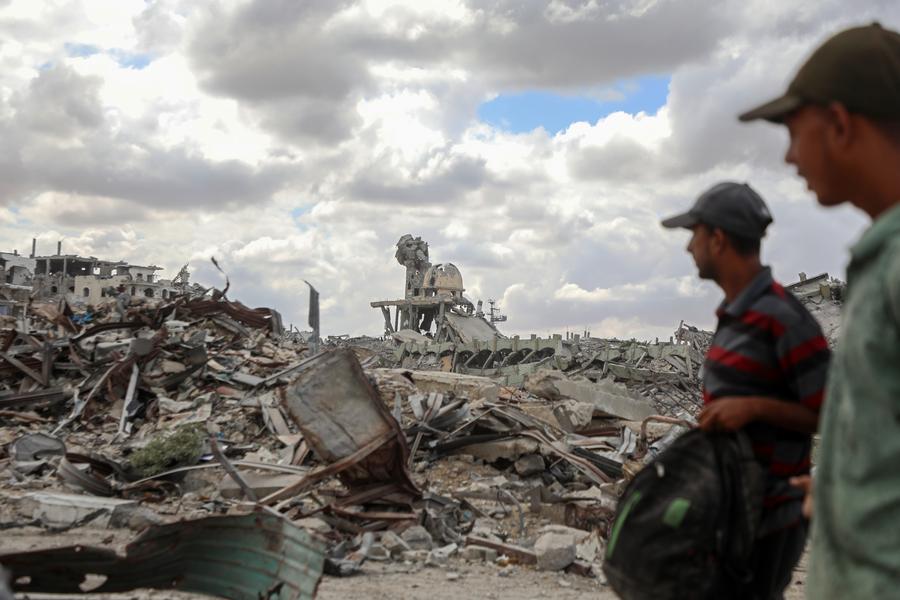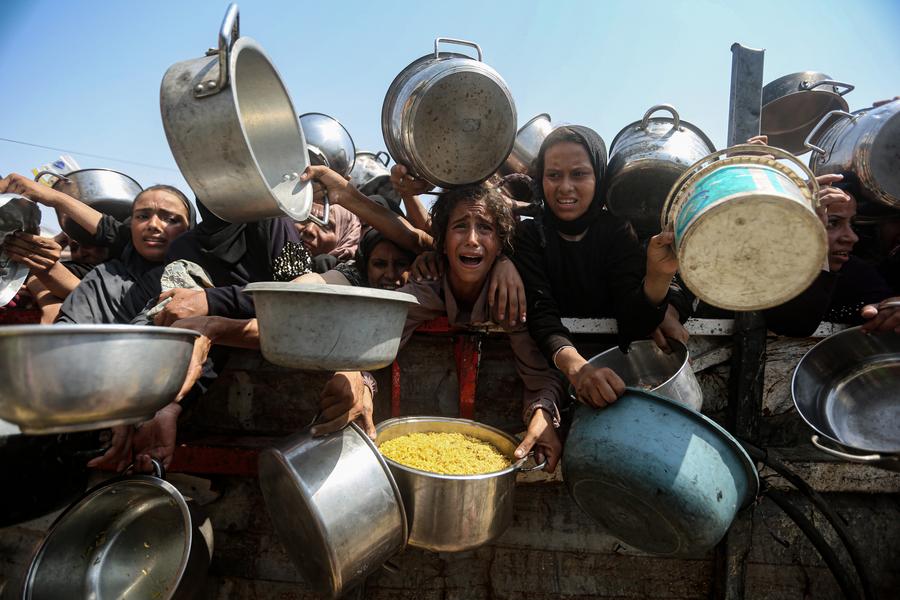Words by an occasional writer, Nayana Devaiah on the recent floods in Kerala and Karnataka … reports Asian Lite News.

Reading or writing about natural disasters and its aftermath, bring up the usual litany of phrases, man- made, unplanned growth, human greed, profit motives, uncontrolled mining, dam building, powerful lobbies of mining and timber, unscientific methods of hill side constructions ad infinitum.! The list is endless, the post mortems detailed and the pontifications numerous.
And so was the case with the floods in Kerala state and Kodagu district of Karnataka state.
In the first 11 weeks of the southwest monsoon, starting June 1, Kerala state had an excess rainfall of 40.67 percent. Due to the rains and loss of lives and property it had caused, a state of red alert was announced in all of Kerala’s 14 districts. By August 15, out of the total 39 dams in the state, 35 had opened their spillways to let out the water pressure built in their reservoirs. In the hill areas the problem was compounded with landslides. By August 19th, the rains and floods had cost 370 lives in the state, had displaced nearly 725,000 people into relief camps and caused immeasurable damage to property.

With heavy rains battering Kodagu, from the morning of August 15th, some families living on the hills in Madikeri town found themselves homeless when their dwellings caved in under the onslaught. Many people living in the hilly areas, abandoned their homes fearing collapse. The video of a single-storied house slithering into 100-foot gorge shocked viewers and woke India to the reality of nature’s fury. Some statistics of the damage in Kodagu reads thus-800 homes lost, 2225kms of roads destroyed, 240 bridges collapsed, 65 government buildings damaged, 3000cr Rs. needed for rebuilding.
In all the devastation, what stood out was the heroic efforts of fellow countrymen.
The boatmen of Kerala, the helicopter saviors of the Indian armed forces and the many unknown and unsung individuals and groups that put themselves into the relief efforts mind, body, heart and soul! In one shining example, students from the Government Engineering College rushed to the NHM district office and demonstrated a prototype of Instapower, power banks that they had assembled using eight pencil cell batteries, an idea that instantly appealed to the officials. In four days, starting August 17, nearly 200 student volunteers assembled and packed 1,100 power banks in water-resistant plastic, ready to be dispatched.

Who do we blame? Over development, urbanization? These are the usual culprits. Looking deeper, our current way of life is to blame. Consumerism and self-gratifying behaviors fueling a tourism boom that considers mother nature as something to be exploited rather than sustained. Entire hill sides covered in multicolored, multi storied monstrosities, catering to an ever-growing mass of people looking to calm their nerves from the drudgery of daily life! Tourism destroys the very essence of that which is being marketed.
Many other causes such as quarrying, mining, illegal repurposing of forests, and high-rise building constructions, are man-made, controllable factors that add to the list.
In 2011, Madhav Gadgil headed a committee that investigated environmental damage from unsustainable development and illegal mining in the Western Ghats. The committee recommended that the entire mountain range be declared “ecologically sensitive” — it contains 30% of India’s plant, fish, bird and mammal species — and that mining and the construction of dams and coal-fired power plants be banned to conserve biodiversity. But the government ignored the report’s recommendations.
Taking care of millions of people who are starving is more important than saving natural resources. Is this a valid argument?
The dichotomy then arises, how to develop sustainably and provide livelihoods to a burgeoning population, without disturbing the fragile ecosystem.
What does sustainable growth really envisage? Can the world go back to basics, to live as per our needs rather than our greed? Is it too Utopian to consider?

Solutions offered usually have the usual exhortations on sustainable development, conscious conservation, banning of mining, no profitable activities on riversides and beds, banning of resorts and tourist activities and adhering to ecologically sensitive regulations!
There was a solution– the Madhav Gadgil report.
To stop commercial activity in the Western Ghats.
The report carries detailed studies of the region with studies on the indigenous tribes and their way of life and how that sustained the forests and the hills and the ecosystem for generations, it talks of the sheer self-absorptive nature of man that has laid waste to entire stretches of natural vegetation.
One of the recommendations of the committee is to look at local, indigenous methods of daily life that exist in the ecosystem. One of the extensions of this thought would be looking at the vernacular style of buildings in these areas.
Vernacular buildings merge well with surroundings and have minimal impact on environment of hilly areas. The vernacular methods of construction on hillsides has been followed by most settlers in the hill regions of India. Traditional hill settlements are usually developed on relatively flatter terrain than surrounding areas, which are often considered more stable and less prone to natural hazards like landslides and cloudbursts and are mostly located on southern slopes to have sufficient solar exposure throughout the day and protection from northern cold winds.
Proximity to surface water source is one of the main criteria for selecting site for settlement in hill regions, as ground water table is usually low, especially near ridges and mid land areas and it is difficult construct different water structures (like well or step well) to fetch water from higher depth.
Settlements in hill regions are classified into three categories as ridge, mid land and valley settlements. Each type of settlement has its own peculiar issues for development which are unique and not present in other types of settlements.
Developmental activities in traditional settlements are generally carried out with due consideration to the context and buildings are generally constructed along the contours to reduce site development work like cutting and filling of slopes.
Buildings are mostly rectangular in shape and constructed with locally available materials, which have good climatic response. Floor to ceiling height is usually kept between 8 to 9 feet. Symmetrically located small openings (generally one window for each room) are provided to have daylight and ventilation. Buildings which are developed with local materials, have good climatic response, maintain indoor comfort conditions and have very good response against earthquakes.

Building regulations such as ground coverage, material regulations, earthquake resistant construction and safety regulations, site development and slope protection regulations, aesthetic and facade design regulations and space standards and norms for hilly areas can be formulated or modified based on existing vernacular practices of hilly areas of India’s Ghats.
Ferrocement or ferro-cement is a construction material made up of wire meshes and cement mortar. Cement mortar is applied over a layer of metal mesh, woven or expanded metal, and closely spaced steel bars. This method can be used as a light weight construction technique option.
Earth as we know it is an incredibly complex and fragile network of interconnected systems that have developed slowly over the last 4.5 billion years or so. Everything is connected to everything. The key word here is respect.
The Sustainable Development Goals are a collection of 17 global goals set by the United Nations Development Programme.
The Sustainable Development Goals are a call for action by all countries – poor, rich and middle-income – to promote prosperity while protecting the planet. They recognize that ending poverty must go hand-in-hand with strategies that build economic growth and addresses a range of social needs including education, health, social protection, and job opportunities, while tackling climate change and environmental protection. Sustainable development must become the new mantra for Mother Earth to survive.
Develop sustainably -conserve thoughtfully.
These are the words in the Gadgil report that the world needs. Our collective conscience has to be awakened.

